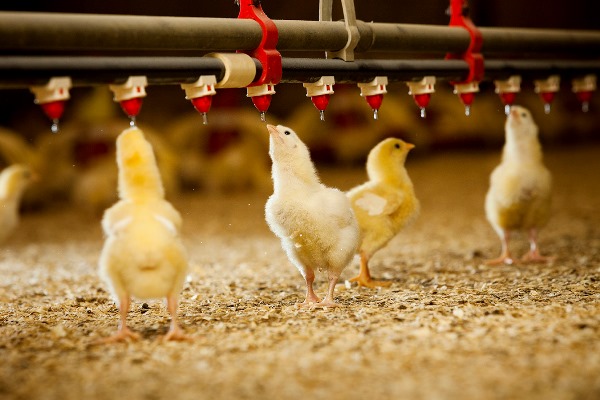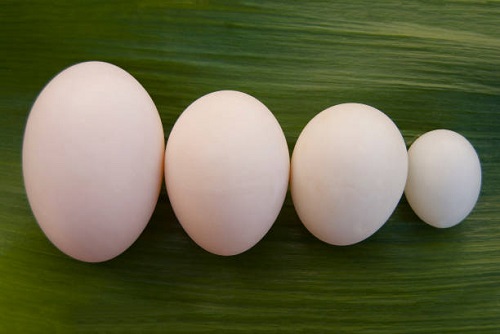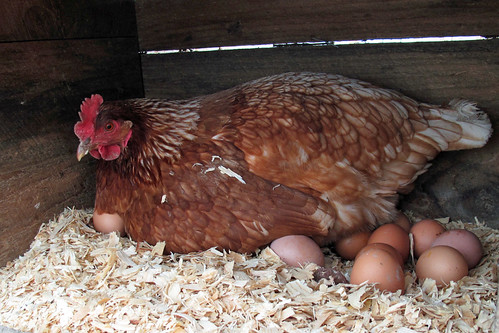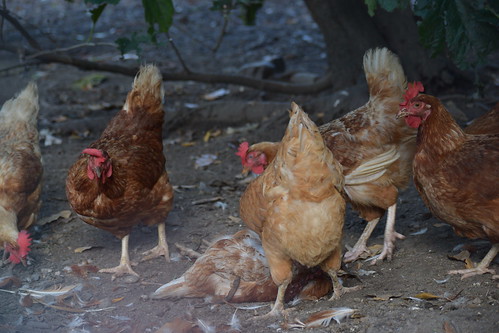Water is a nutrient that is of high importance to the life of humans and animals. Water consumption rate or level is affected when water is too hot or has excess minerals. There is a relationship between water consumption and feed consumption; i.e. both are interdependent. For example, an increase in feed intake will result in an increase in water intake.
Other factors that affect water intake or consumption include genetics, health status, housing system, drinker type and temperature, which is the most obvious of all. For instance, when the environmental temperature is above 32oC, chickens would consume 30-50% more water compared with when the temperature is 21oC.
The type of drinker used in serving chickens and other poultry birds affects water intake. The rule of thumb is that water intake is typically 1.5-2 times feed intake.
The tables below show the daily water consumption rate for layers and broilers at an optimum environmental temperature of 21oC
| Production Stage | Age/Rate of Production | Litres of water per 1000 birds at 21oC |
| Layer pullet | 4 weeks | 100 |
| 12 weeks | 160 | |
| 18 weeks | 200 | |
| Laying hens | 50% production | 220 |
| 90% production | 270 |
Typical daily water consumption for broilers at 20oC
| Age (weeks) | ||||||||
| 1 | 2 | 3 | 4 | 5 | 6 | 7 | 8 | |
| Water Intake (litres per 1000 mixed sex broilers) | 65 | 120 | 180 | 245 | 290 | 330 | 355 | 370 |




It will be a great pleasure for if I get technical information sometimes, which will be helpful for me.